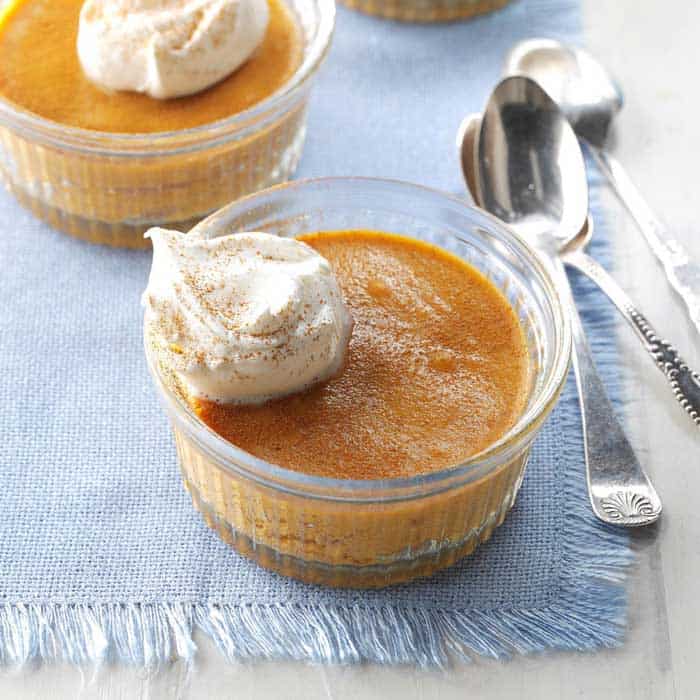Custard vs. Pudding: Exploring the Differences and Similarities
Custard and pudding are two popular dessert options that have delighted taste buds for centuries. While they share similarities in terms of their creamy texture and rich flavors, there are distinct differences between the two. In this article, we will delve into the characteristics of custard and pudding, highlighting their unique attributes, and clarifying any confusion between these delectable treats.
1. Understanding Custard:
Custard is a classic dessert that has been enjoyed since ancient times. It is typically made by combining milk or cream, eggs, sugar, and flavorings.
The mixture is then heated until it thickens, resulting in a smooth and velvety consistency.
Custard can be further enhanced with ingredients like vanilla, nutmeg, or even chocolate, providing a versatile base for various desserts such as crème brûlée or custard tarts.

custard vs pudding
2. Unveiling Pudding:
Pudding, on the other hand, refers to a broader category of desserts that come in various forms. In the United States, pudding often refers to a creamy, stovetop-cooked dessert made with milk, sugar, and a thickening agent like cornstarch or gelatin.
It is commonly flavored with chocolate, butterscotch, or vanilla. British-style pudding, on the other hand, refers to a steamed or baked dessert that can range from a sponge-like texture to a denser consistency.

custard vs pudding
3. Texture Matters:
One of the primary distinctions between custard and pudding lies in their texture. Custard has a smooth and delicate texture that is achieved by cooking the mixture gently and slowly.
It tends to be more pourable and silky compared to pudding. Pudding, on the other hand, can vary in texture depending on the specific recipe.
Some puddings have a thicker and more pudding-like consistency, while others may be softer and more sponge-like.
4. Cooking Methods:
Custard and pudding also differ in their cooking methods. Custard is typically cooked on the stovetop or baked in the oven in a water bath to ensure even heat distribution.
This slow cooking process allows the eggs in the custard to set gradually and prevent curdling. Pudding, on the other hand, can be cooked on the stovetop, steamed, or even baked, depending on the recipe.
The cooking method plays a significant role in determining the final texture of the pudding.

custard vs pudding
5. Variations Across Cultures:
Custard and pudding have evolved differently in various cultures, leading to unique variations. For example, in France, custard is known as "crème anglaise" and is often served alongside pastries or used as a base for ice cream.
In India, "kheer" is a popular rice pudding made with milk, rice, and sugar, often flavored with cardamom and garnished with nuts.
These cultural adaptations showcase the versatility and adaptability of custard and pudding as dessert options.

custard vs pudding
6. Conclusion:
While custard and pudding both fall under the category of creamy desserts, they have distinctive qualities that set them apart. Custard boasts a smooth and delicate texture, often achieved through slow and gentle cooking methods.
Pudding, on the other hand, encompasses a broader range of desserts with varying textures and cooking techniques.
Understanding these differences allows us to appreciate the uniqueness of custard and pudding and savor them in their respective forms.
Whether you prefer the silky elegance of custard or the comforting appeal of pudding, these desserts are sure to satisfy your sweet tooth and provide a delightful ending to any meal.